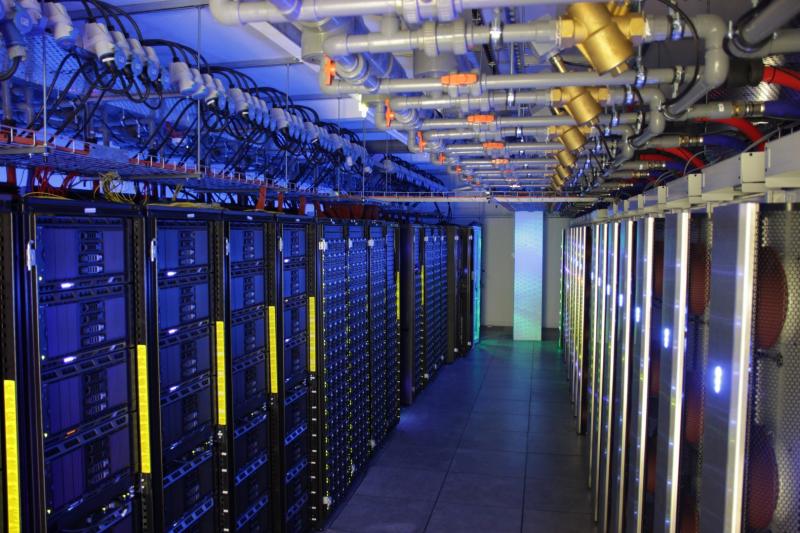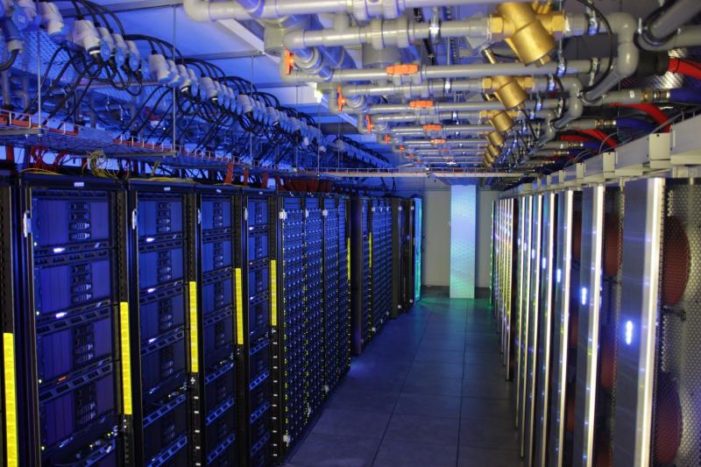
For the sixth consecutive time, Tianhe-2, a supercomputer developed by China’s National University of Defense Technology, has retained its position as the worlds No. 1 system, according to the 46th edition of the twice-yearly TOP500 list of the world’s most powerful supercomputers. Overall, change at the top of the list is again minor, with only two new systems in the Top 10 — the Trinity supercomputer built by Cray and jointly deployed by the Department of Energy?s (DOE) Los Alamos and Sandia national laboratories, and the Hazel-Hen system built by Cray.
In the bigger picture, China nearly tripled the number of systems on the latest list, while the number of systems in the United States has fallen to the lowest point since the TOP500 list was created in 1993. China is also carving out a bigger share as a manufacturer of high performance computers with multiple Chinese manufacturers becoming more active in this field.
Tianhe-2, which means Milky Way-2, led the list with a performance of 33.86 petaflop/s (quadrillions of calculations per second or Pflop/s) on the Linpack benchmark. Keeping its hold on the No. 2 spot is Titan, a Cray XK7 system installed at DOE?s Oak Ridge National Laboratory. Titan, the top system in the United States and one of the most energy-efficient systems on the list, achieved 17.59 petaflop/s on the Linpack benchmark.
Other highlights from the 46th list
Total combined performance of all 500 systems has grown to 420 Pflop/s, compared to 361 Pflop/s last November and 309 Pflop/s one year ago. This increase in installed performance also exhibits a noticeable slowdown in growth compared to the previous long-term trend.








